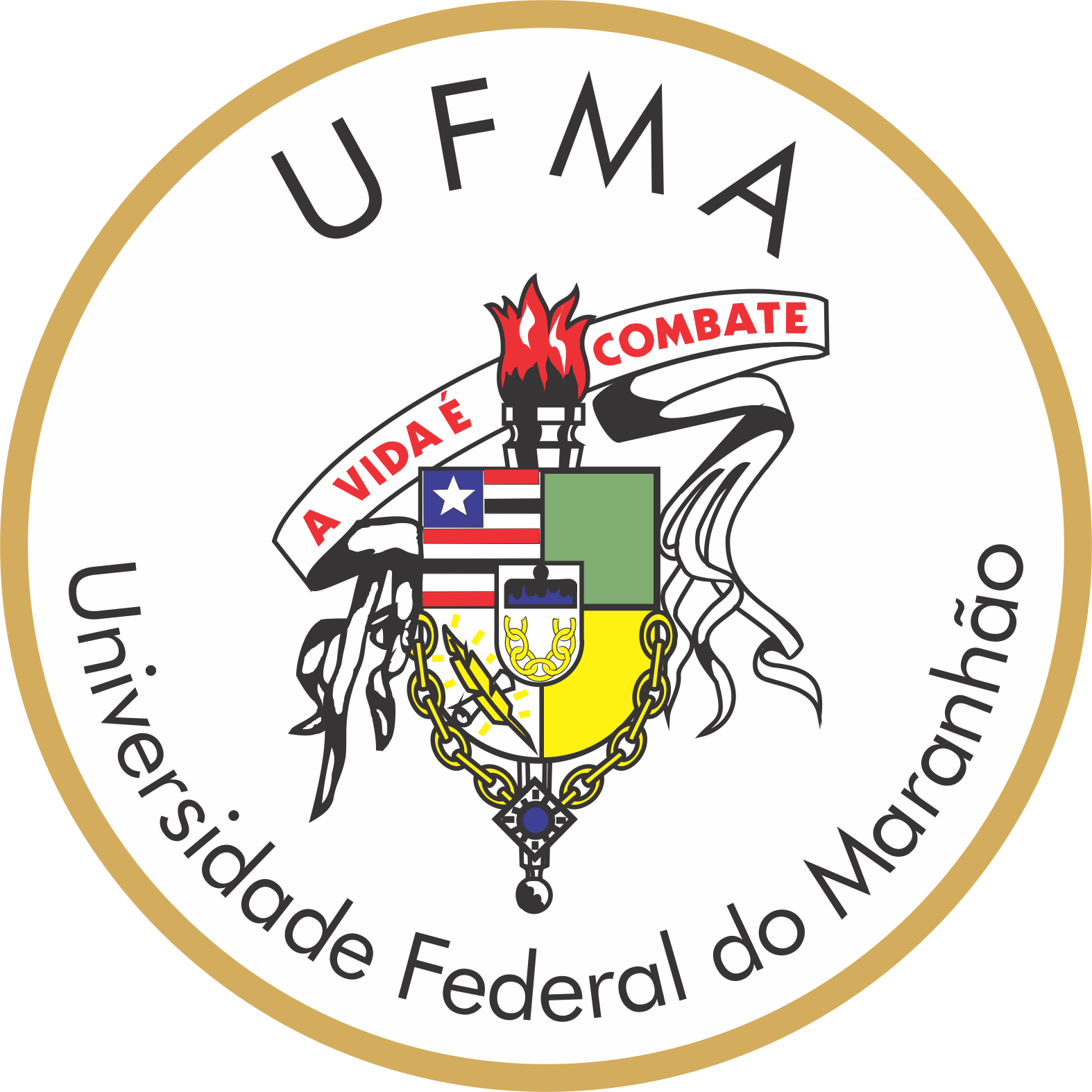Banca de DEFESA: GOPAL NIRAULA
2022-02-10 11:31:25.53
Uma banca de DEFESA de DOUTORADO foi cadastrada pelo programa.
DISCENTE: GOPAL NIRAULA
DATA: 18/02/2022
HORA: 10:00
LOCAL: Google Meet
TÍTULO: Architecture Engineering of Iron Oxide-Based Vortex Nanoparticles for Targeted Therapeutic Applications
PALAVRAS-CHAVES: Magnetic Nanorings/Nanodisks/Nanotubes/Nanorods, Magnetic Vortex Nanoparticles, Anisotropy, Stoichiometry, Switching Fields, Magnetic Fluid Hyperthermia, Cytotoxicity
PÁGINAS: 246
GRANDE ÁREA: Ciências Exatas e da Terra
ÁREA: Física
SUBÁREA: Física da Matéria Condensada
ESPECIALIDADE: Materiais Magnéticos e Propriedades Magnéticas
RESUMO: The targeted therapy-based approach such as magnetic fluid hyperthermia (MFH) as thermal therapy and magneto-mechanical approach as a mechanical force therapy (MFT) have been clinically launched as an alternative treatment of cancer tumors. In both approaches magnetic nanoparticles (MNPs) are at the center; these MNPs are used as heat generators in MFH whereas the same is used as mechanotransducers in MFT when they are subjected to an alternating magnetic field (AMF). Utilizing the MNPs, mainly superparamagnetic iron oxide nanoparticles (SPIONs), both therapeutic techniques are emerging as a cornerstone approach in view of impractical scenarios and are becoming a topic of great interest in the cancer therapies because of their several advantages to the effectual antitumor therapy for instance high biosafety, deep tissue penetration, and targeted selective tumor killing. However, the SPIONs display weak magnetic responses, i.e. low magnetization, due to which a large dosage of SPIONs need to be injected inside the body for complete destruction of the tumors; this is a kind of challenge for surrounding healthy cells that need to be overcome. Thus, a new generation of magnetic nanoparticles with excellent properties is immediately needed to face the therapeutic challenges in advancing cancer therapies and subsequent treatment. The engineering of topological iron oxide nanoparticles (NPs) with novel vortex-domain structures offers an exciting avenue for probing their efficacy in targeted therapy in cancer treatment overcoming the limitation of conventional superparamagnetic iron oxide NPs. The main reasons for the appropriateness of these NPs in cancer therapy are high dispersion ability, colloidal stability biocompatibility, and easy manipulation in the application of magnetic fields. Thus, the design of such magnetic nanomaterials with vortex-domain structure may serve as versatile candidates in therapeutic-based cancer treatments.
The present work aims to design the iron oxide-based vortex NPs for targeted therapeutic application. This thesis is divided into two main parts: (a) control synthesis and characterization of iron oxide magnetic vortex nanoparticles and (b) their utilization in magnetic hyperthermia and mechanotransduction for cancer cell destruction, under biologically safe conditions using experimental, theoretically and micromagnetic simulations. The interest in the magnetic vortex nanoparticles over simple single-domain in the biological application is due to negligible dipole-dipole interactions and thus low/zero magnetic remanence, allowing the magnetic nanosystems to remain well dispersed in colloidal formulations in the absence of an external magnetic field. The spin structures are produced in NPS due to the confinement of spins imposed by geometrical restrictions; thus it is challenging to control the geometry of nanoparticles to preserve the vortex configuration. In the first part, we have successfully synthesized magnetic vortex nanorings (NRs), nanodisks (NDs), nanorods (NRDs), and nanotubes (NTs) via microwave-assisted hydrothermal (MAH) route and characterize as-obtained NPs thoroughly by X-ray diffraction (XRD), Fourier transforms infrared spectroscopy (FTIR), electron microscopy (EM), Mossbauer spectroscopy (MS), X-ray photoelectron spectroscopy (XPS), cryostat-based resistivity measurement, magnetometry, and calorimetry-based MFH to examine their structural, morphological, magnetic properties and MFH efficacy. In addition, theoretical analysis and micromagnetic simulation are performed as supportive tools to confirm the experimental outcomes specially to provide evidence of geometry-based vortex-domain structure in iron oxide NPs. In the second part, we have performed the MFH experiment to evaluate the thermal efficiency and in vitro cytotoxicity test in different cell lines: (i) 4T1 cells (murine mammary adenocarcinoma cell line), (ii) CT26 (murine colorectal carcinoma cell line), and (iii) J774A.1 (a murine monocyte/macrophage). Through the complete characterization, we reveal that stoichiometry does not need to be preserved for the existence of magnetic vortex-domain structure. Further, the key findings on MFH of NDs is that the heating efficiency is better for stoichiometry magnetite (Fe3O4) NDs as compared with the nonstoichiometric one owing to charge ordering between Fe2+ and Fe3+, which is further tuned by controlling the switching fieldmediated shape, size, and orientation of nanodiscs in the direction of applied field in a controlled way revealing that the existence of magnetic vortex configuration is not only a factor to enhance heating capability but switching field mediated by shape, size, and orientation are also key factors to be considered. The specific absorption rate (SAR) and intrinsic loss power (ILP) in NRs and NTs at maximum clinical field 450 Oe and under the frequency of 107 kHz are evaluated. The NTs exhibit the highest SAR value among those reported so far in the hollow iron-oxide family accounting for the importance of magnetic shape anisotropy. The reported SAR values and their excellent cell viability tests strongly suggest NRs and NTs as potential candidates in thermal therapy-based cancer treatments. Further, we move towards the magneto-mechanical approach for MFT-based cancer treatments. Taking in-depth analysis by means of theoretical and micromagnetic simulation, we propose the iron oxide NRs as a mechanotransducer providing evidence on the magnetic stability of the curling ground states in NRs and opens the possibility of applying these systems to magneto-mechanical actuation on single cells for therapeutics in biomedicine, such as cancer cell destruction by low-frequency torque transduction.
MEMBROS DA BANCA:
Co-orientador - 1925296 - ALAN SILVA DE MENEZES
Externo à Instituição - DIEGO MURACA - UNICAMP
Externo à Instituição - GERARDO F. GOYA - UZ
Externo à Instituição - GIORGIO ZOPPELLARO - PUO
Externo à Instituição - JOSE ANTONIO HUAMANÍ COAQUIRA - UnB
Presidente - 232.890.088-78 - SURENDER KUMAR SHARMA
